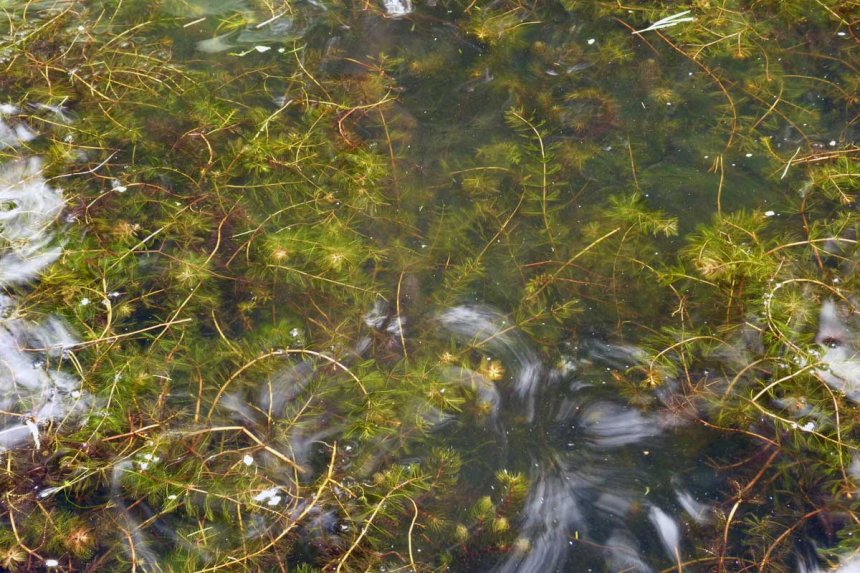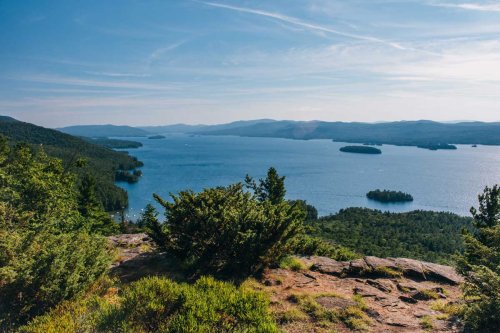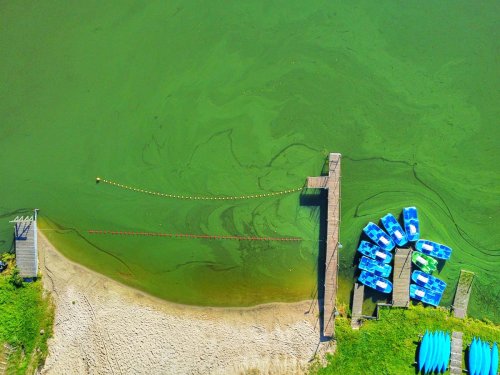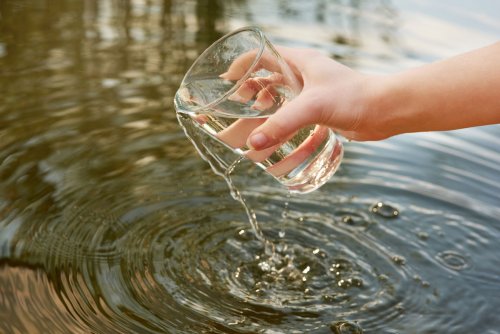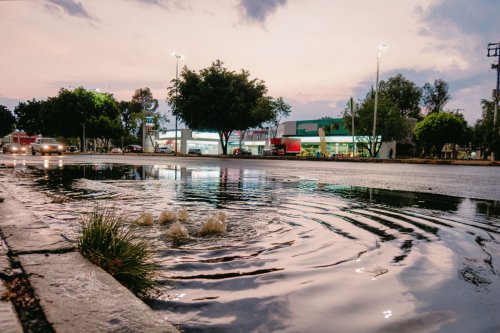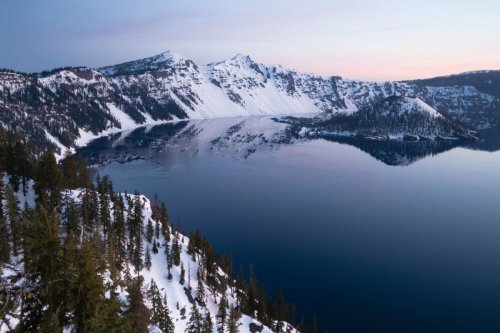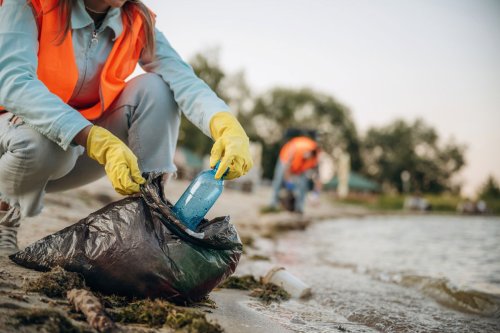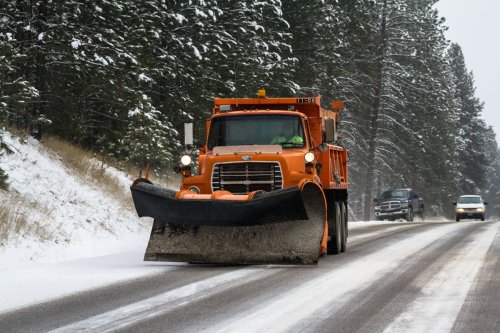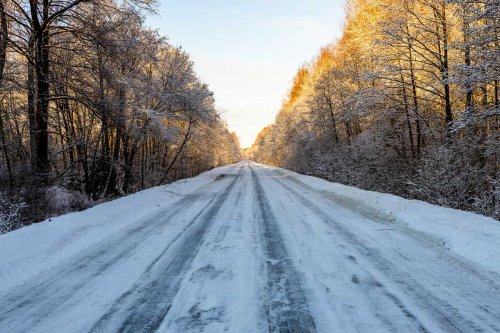Protecting Oregon’s Crater Lake: Managing Visitor Impact on a Pristine Caldera
Crater Lake’s intense blue still inspires the same sense of wonder that drew its first tourists more than a century ago. Protecting that experience now depends as much on thoughtful crowd management as it does on geology or climate.

A one-of-a-kind resource that draws big crowds
Crater Lake is the deepest lake in the United States and one of the clearest on Earth, its sapphire basin held in the shattered summit of Mount Mazama. Visitation has long outpaced the park’s small footprint: numbers climbed to more than 756,000 in 2016, before falling to roughly 505,000 in 2024 as wildfires, road closures, and service reductions kept some travelers away.(home.nps.gov, sfgate.com)
Why visitors can love a lake to death
Heavy use concentrates along Rim Drive, viewpoint pullouts, and the Cleetwood Cove Trail, the only legal route to the water. Popular photo stops and “social trails” created by people stepping off designated paths trample fragile pumice soils, uproot alpine plants, and accelerate erosion on the caldera rim. Vehicles that nose off pavement crush roadside vegetation, while litter and human waste strain limited maintenance crews.(nps.gov)
Water quality stakes could not be higher
In 2021 the U.S. EPA and Oregon Department of Environmental Quality designated Crater Lake and its surrounding wetlands as an Outstanding Resource Water, the state’s highest level of protection for purity and ecological value. The classification means managers must guard the lake against any measurable decline in clarity or chemistry, a formidable task when thousands of people lean over its rim each day.(oregon.gov)
Management moves already under way
| Action | Purpose | Current status |
|---|---|---|
| Cleetwood Cove Trail rehabilitation | Stabilize eroding slopes, replace failing docks and restrooms, and rebuild unsafe retaining walls | Trail closes at the end of summer 2025 for at least two seasons; lake access and boat tours will pause during construction.(sfgate.com) |
| Long-term lake-access closure | Extend repairs and habitat restoration; relieve pressure on shoreline | NPS anticipates closures could last through 2029 if schedules slip or additional work is needed.(sfgate.com) |
| Trail Management Plan (TMP) | Re-route or harden popular paths, decommission redundant social trails, add wayfinding, and improve accessibility | Final environmental assessment completed in 2021; phased implementation continues as funding allows.(parkplanning.nps.gov) |
| Rim Drive & East Rim rehabilitation | Resurface pavement, upgrade turnouts, and add drainage to keep sediment and de-icing gravel out of the lake | Construction began in 2023, with additional segments funded through Federal Lands Highway projects.(nationalparkstraveler.org, highways.dot.gov) |
| Disturbed-lands restoration program | Identify and revegetate areas damaged by off-trail travel | Volunteer crews and youth corps close dozens of rogue paths each summer.(nps.gov) |
| Staffing and concession reforms | Address chronic vacancies and improve visitor services | Leadership turnover and a 16 percent staff drop since 2023 complicate day-to-day operations, but a new concessionaire is investing in infrastructure upgrades.(sfgate.com) |
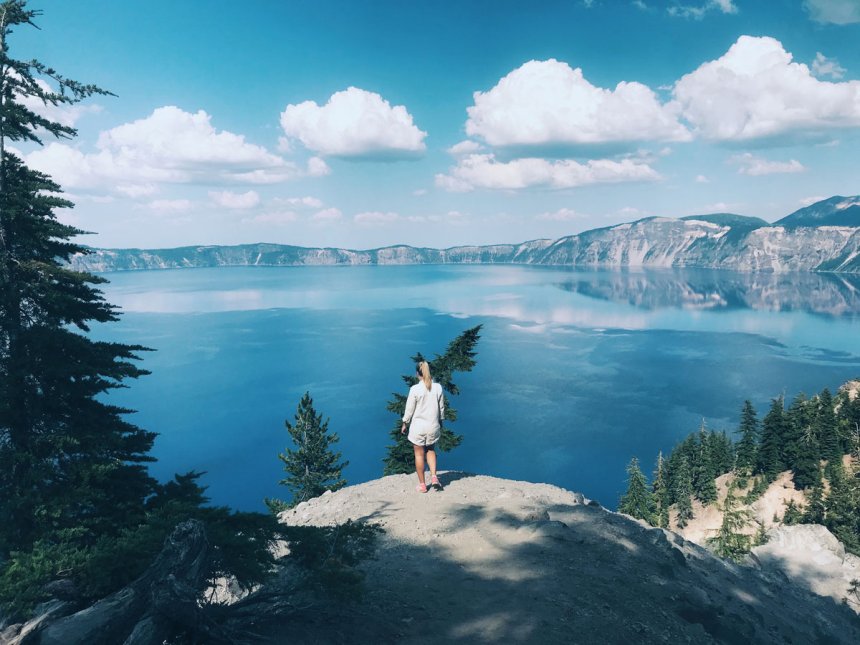
Next-generation strategies to keep the caldera pristine
Crater Lake’s managers can borrow from successful visitor-use programs in other high-demand parks while tailoring them to a short warm season and heavy snowpack:
-
Reservation windows and daily caps. Pilot timed entry for Rim Village parking lots on peak days to smooth congestion and give rangers real-time head counts.
-
Shuttle-only segments. Convert the busiest eight-mile stretch of Rim Drive to bus, bicycle, and hiker access during summer weekends; similar closures at Zion and Glacier have reduced collisions and roadside erosion.
-
Eco-transit incentives. Install Level 3 EV chargers in gateway communities and bundle bus tickets into lodging packages to cut single-occupancy vehicle trips.
-
Advanced analytics. Use anonymized cell-signal data and trail counters to map crowd flow, then shift interpretive programs or open alternate viewpoints when hotspots approach capacity.
-
Zero-waste infrastructure. Replace aging trash receptacles with solar-compacting units and add bottle-filling stations fed by park‐managed spring water, reducing plastic imports.
-
Tribal co-management and youth stewards. Partner with Klamath Tribes to weave cultural interpretation into visitor messaging and hire local students for monitoring and restoration crews.
What every visitor can do
-
Stay on paved paths and designated trails; stepping onto volcanic pumice leaves footprints for decades.
-
Pack out everything, even biodegradable food scraps, which attract jays that prey on vulnerable songbirds.
-
Use park shuttles or carpool whenever possible; the scenic rim has only about 320 legal parking spaces.
-
Respect seasonal closures. Those “trail closed” signs protect both you and the lake.
Balancing awe with stewardship
Crater Lake’s intense blue still inspires the same sense of wonder that drew its first tourists more than a century ago. Protecting that experience now depends as much on thoughtful crowd management as it does on geology or climate. With trail rehabs under way, stricter water-quality safeguards in place, and a slate of new visitor-use tools ready for testing, the National Park Service is charting a path that lets people marvel at this volcanic jewel without diminishing its brilliance. Visitors, too, hold a crucial piece of the puzzle: tread lightly, plan ahead, and leave the caldera as pristine as you found it.

